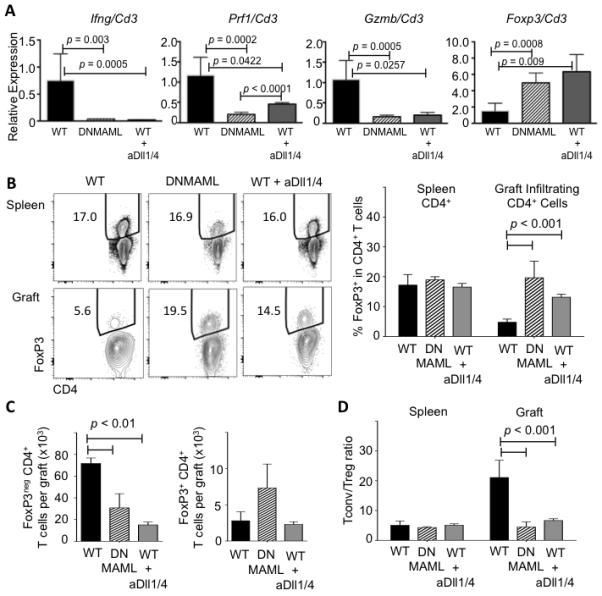Figure 4. Both DNMAML expression and systemic Dll1/Dll4 inhibition decrease conventional effector T cells while increasing the relative numbers of FoxP3+ regulatory T cells in the allograft.

(A) qRT-PCR analysis of Ifng, Prf1, Gzmb and Foxp3 transcripts in RNA extracted from heart allografts on day 14 post-transplantation (n=3-7/group). Normalization was with Cd3 transcripts to account for variable numbers of infiltrating T cells; (B) Flow cytometric detection of intracellular FoxP3 in splenic (top) and graft-infiltrating CD4+ T cells (bottom) at day 14 post-transplantation in WT, DNMAML and anti-Dll1/4-treated WT recipients (n=4/group); (C) Absolute number of FoxP3− conventional (Tconv) and FoxP3+ regulatory T cells (Treg); (D) Tconv/Treg CD4+ T cell ratio. Left: splenocytes. Right: graft-infiltrating T cells.
